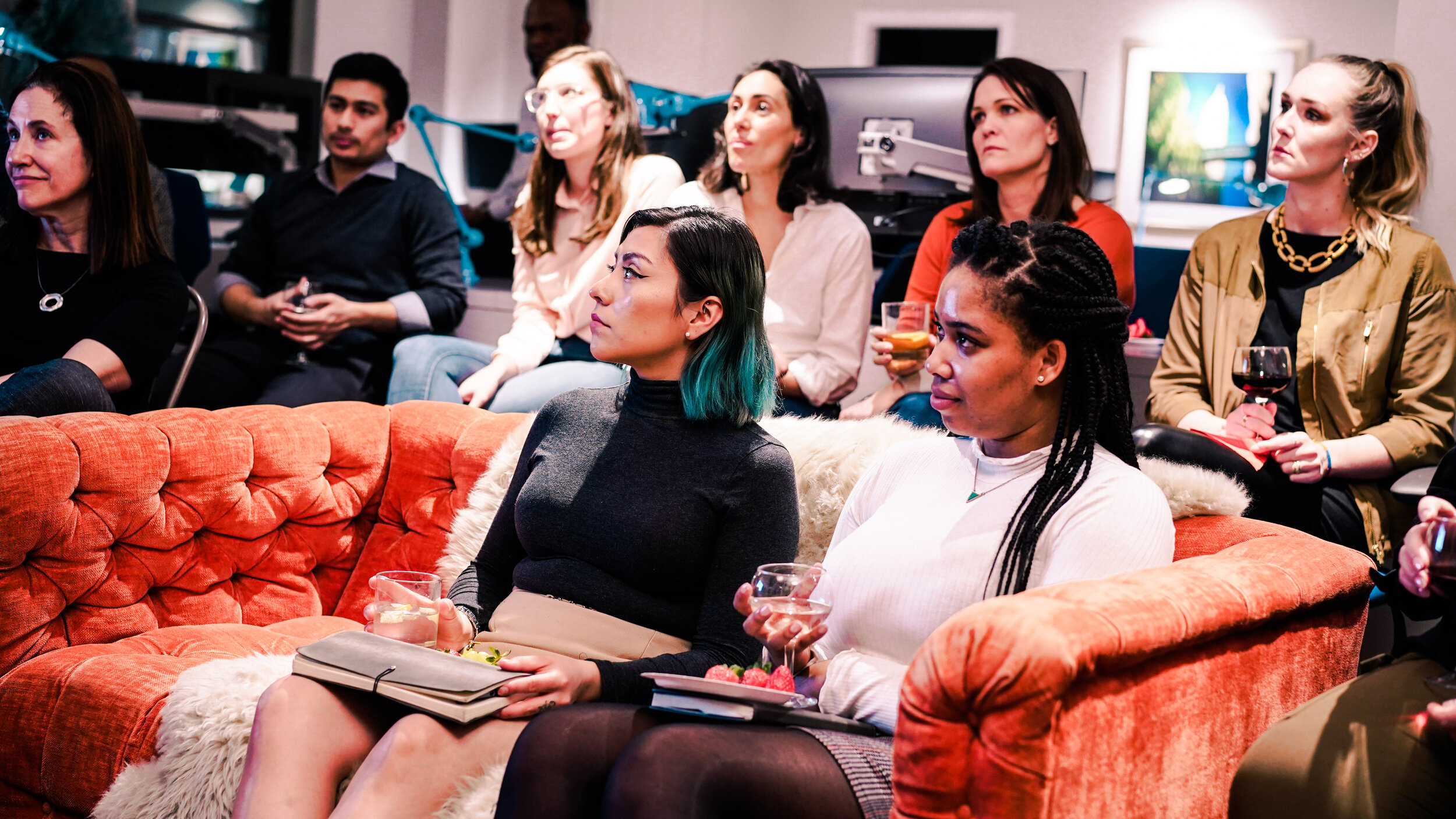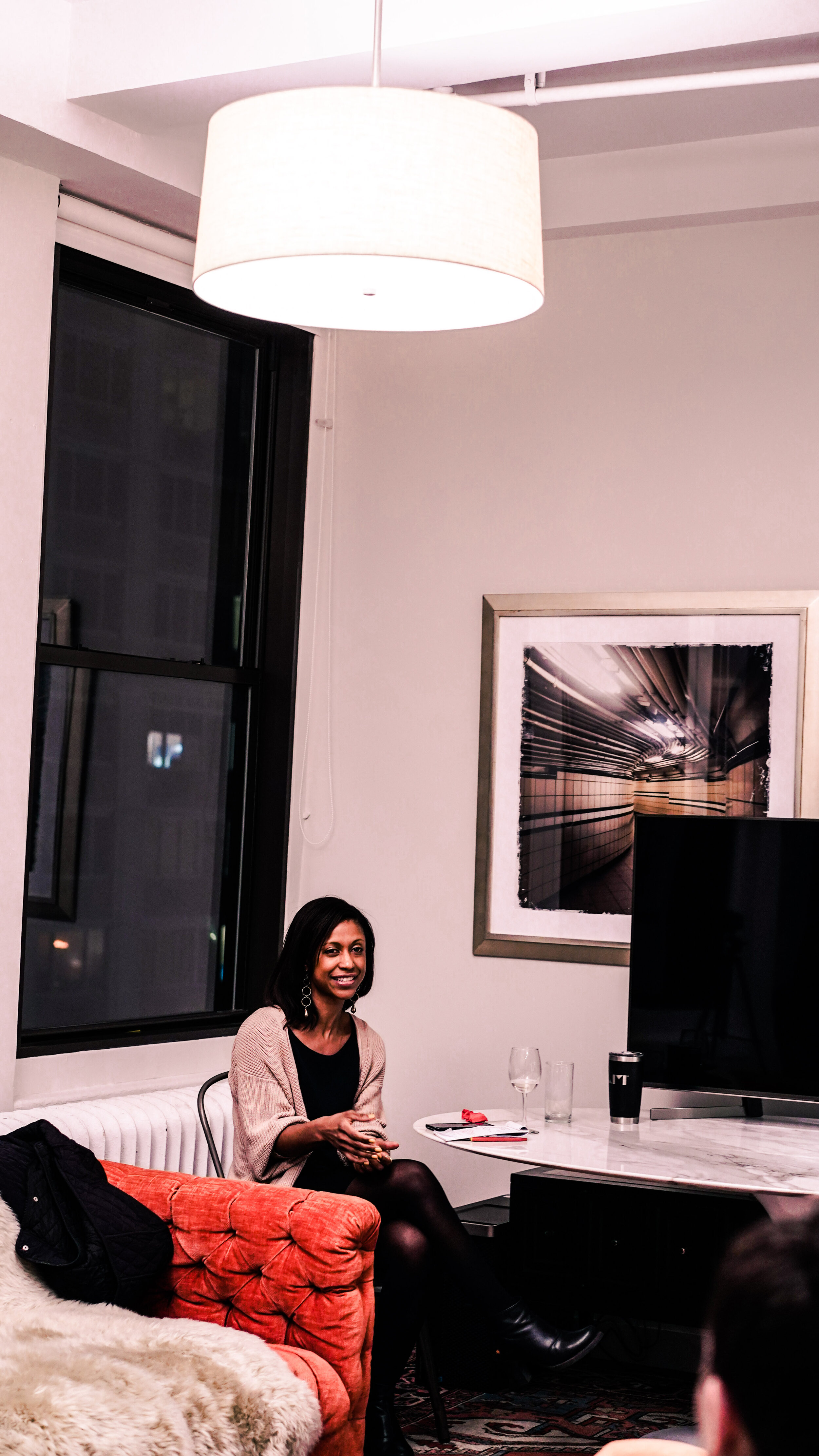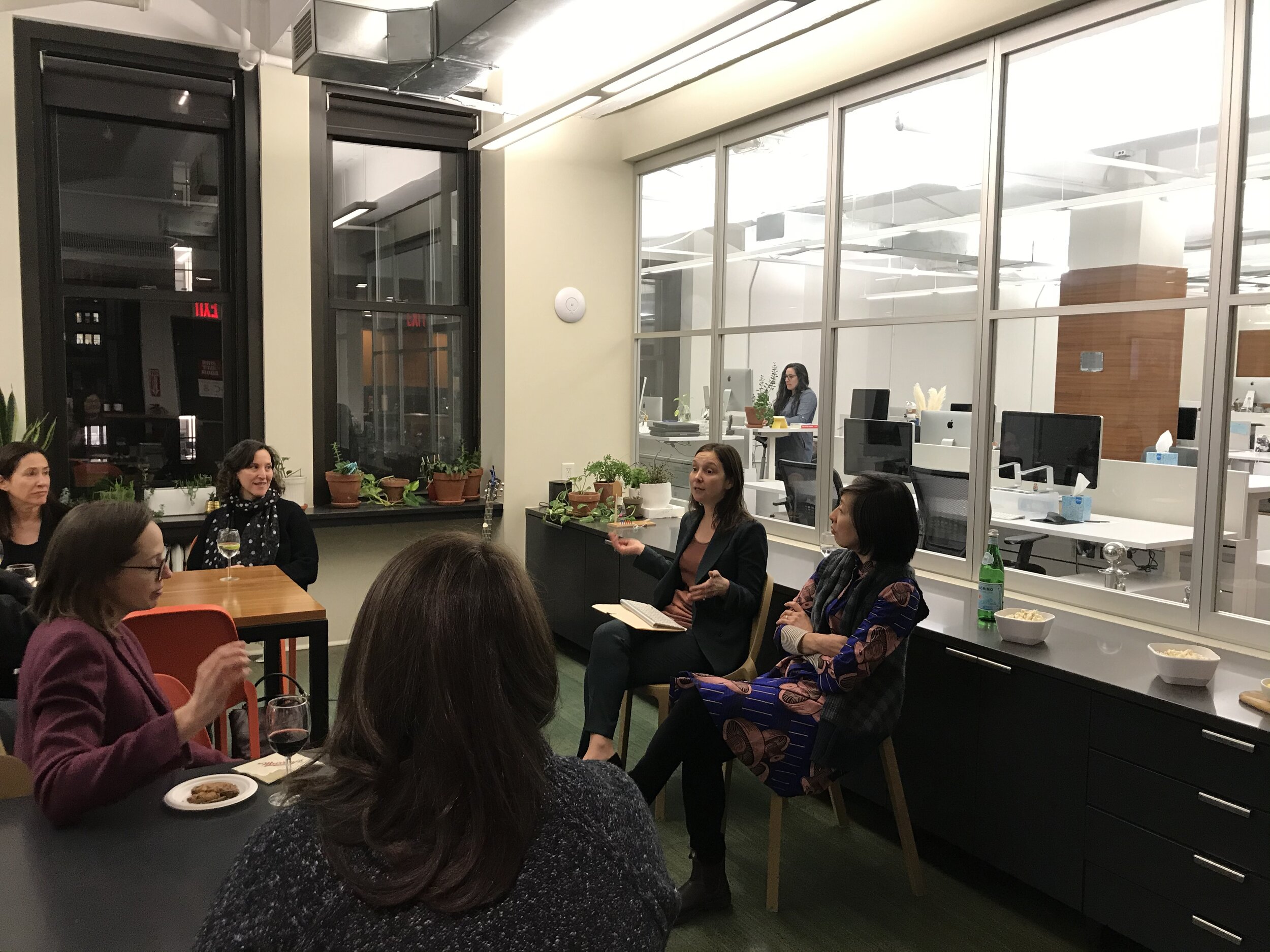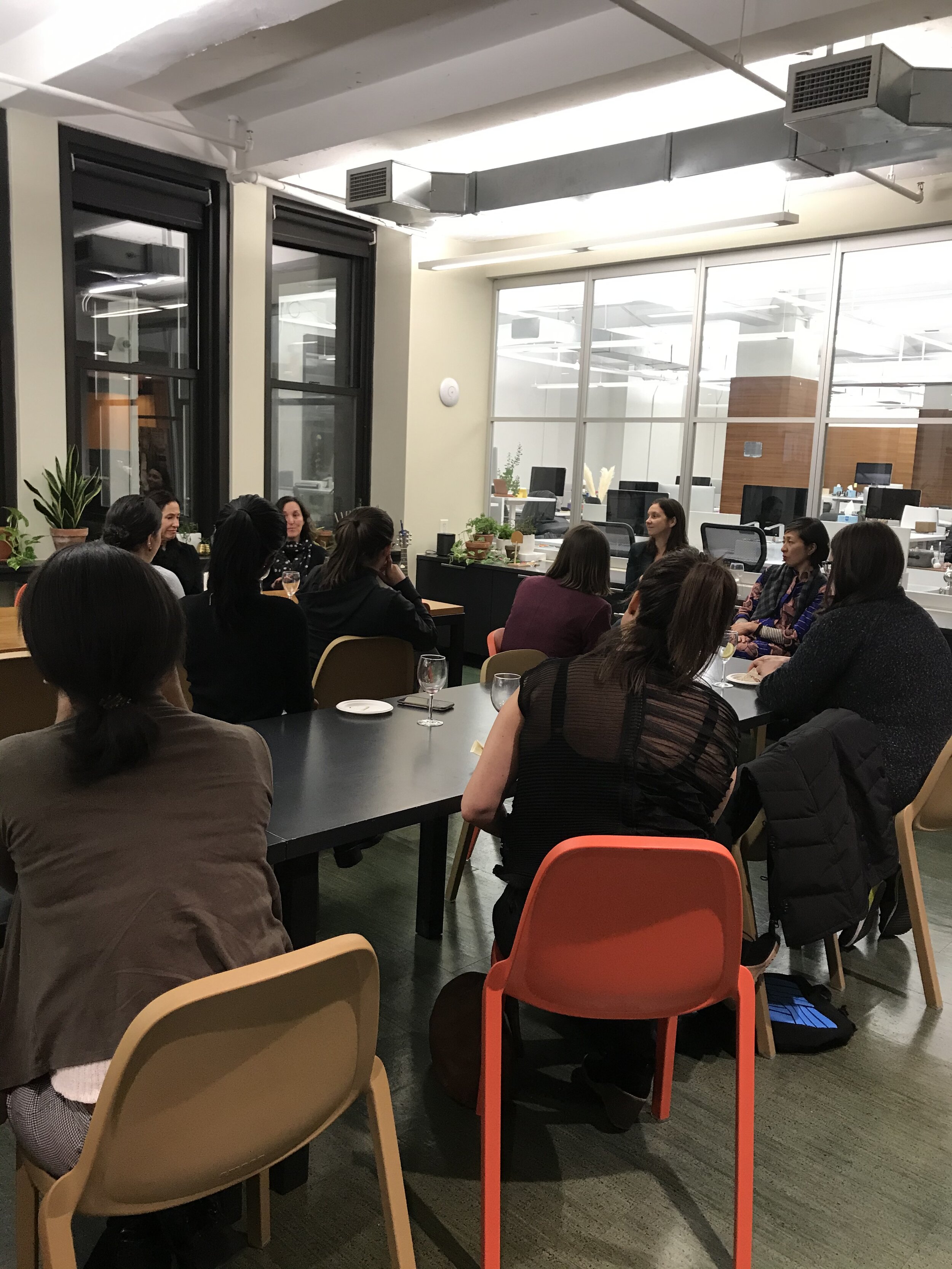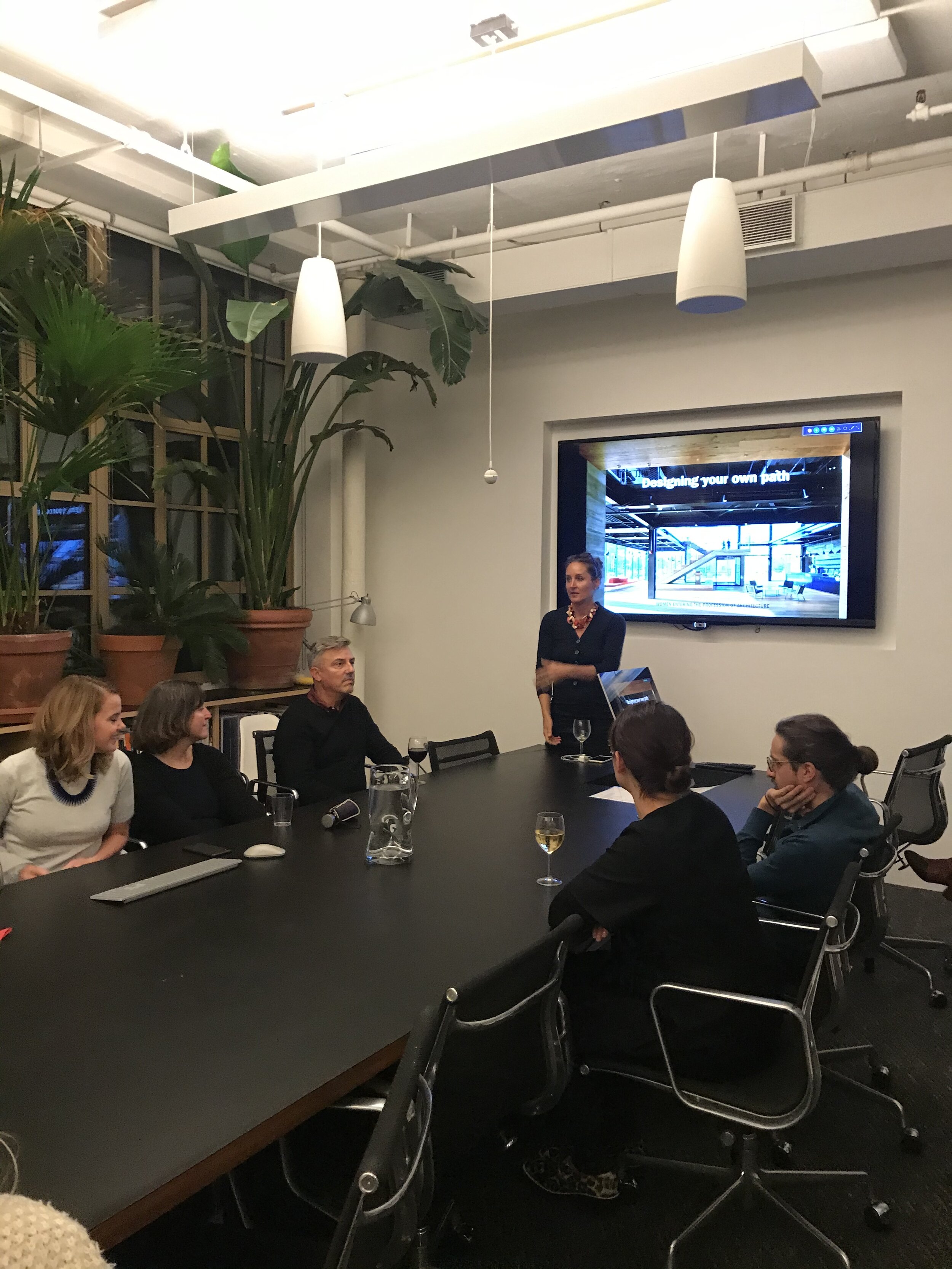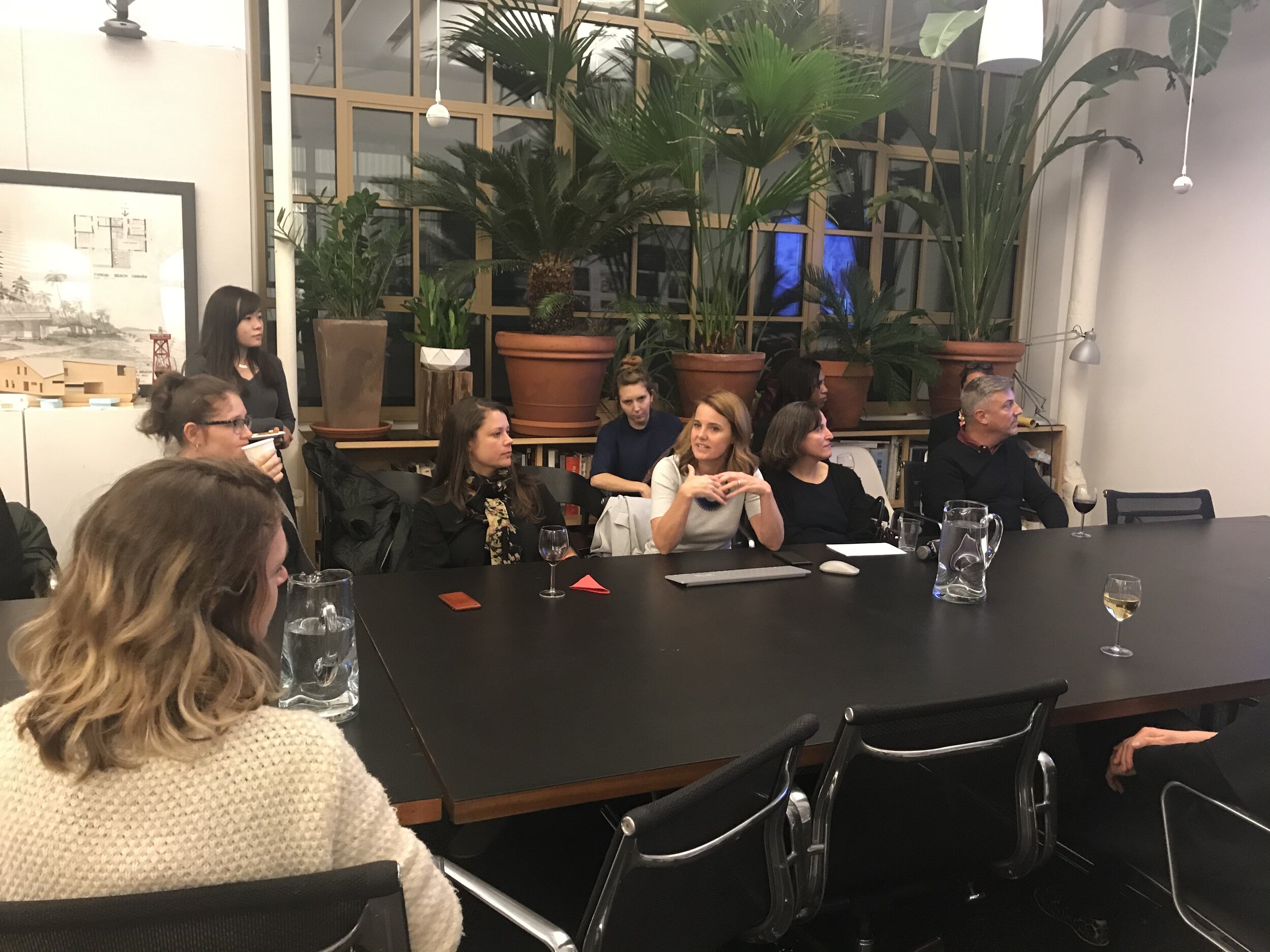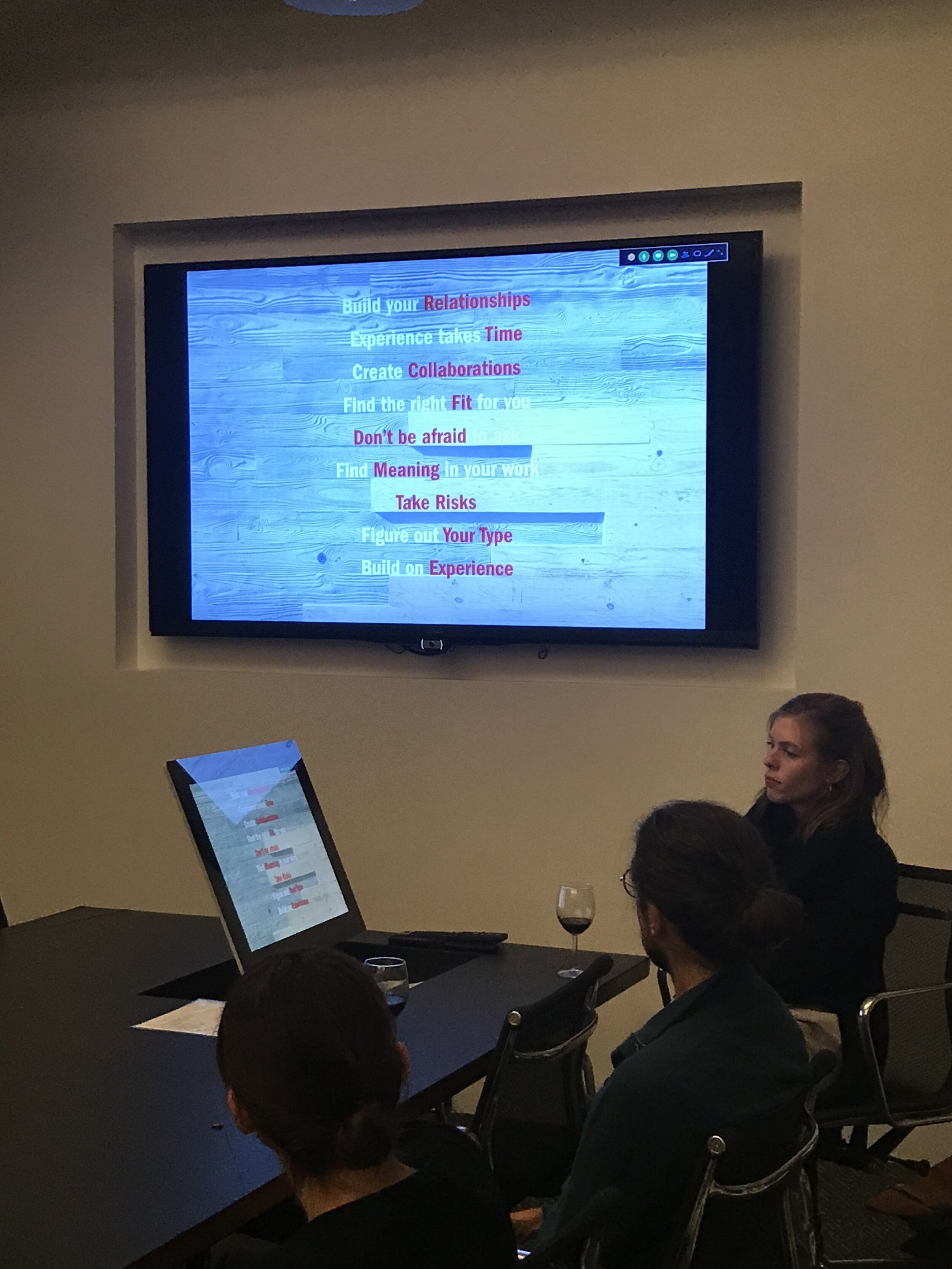WIP Collaborative is a shared feminist practice of independent design professionals focused on research and design projects that engage community and the public realm. The collaborative formed within WIP Work In Progress | Women In Practice, a broader supportive network of women in practice. Founded on feminist principles, WIP supports those who eschew patriarchal conventions and define new narratives of architectural practice through their work. Distinct from a traditional firm built around a singular identity and authorship, WIP is centered around a way of working as an adaptable framework to meet the needs of its projects and collaborators. The WIP Collaborative team is composed of seven independent designers and their respective practices including Abby Coover (Overlay Office), Bryony Roberts (Bryony Roberts Studio), Elsa Ponce, Lindsay Harkema (WIP), Ryan Brooke Thomas (Kalos Eidos), Sera Ghadaki (SERA GHADAKI), and Sonya Gimon.
You may recognize WIP Collaborative’s work from features in ArchPaper, Curbed, and Fast Company for shining a light on the Restorative Ground installation that opened in Hudson Square July 2021.
Restorative Ground is a multifaceted landscape of choice, which draws from ongoing research by WIP Collaborative about creating inclusive and immersive public spaces. Rather than a one-size-fits-all approach, this research highlights the importance of providing a range of spatial qualities - high and low stimulation, tactile materials and textures, distinct experiential zones - in order to create a truly supportive public environment. The installation creates a dynamic platform for public life to re-emerge in Hudson Square; a place for individual and collective engagement, recreation, and healing.
The project is organized into three zones to offer a range of distinct experiences: Focused, Active and Calm. The Focused zone features large stained plywood tables with stools made of recycled rubber offcuts. (Image courtesy of Samuel Lahoz)
Restorative Ground was informed by the research that WIP began in 2020 on inclusive public spaces and designing for neurodiversity. Interviews with experts and self-advocates revealed the importance of experiential choice in public space for those who experience sensory sensitivity. Other groups that are often excluded by the design of public space, such as teenagers, share similar needs. These findings underscored a need for a supportive and immersive streetscape for all ages. Given the hardship and isolation experienced by so many during the pandemic, it was imperative for WIP to create an environment for safe collective interactions, healing, and joy. Since the installation’s opening in July, WIP has observed Restorative Ground’s use and activation by individuals and groups of all ages, including families with young children and skateboarders enjoying the streetscape together. In order to learn from its reception by these groups, WIP is currently conducting post-occupancy research and documentation that can inform their future work.
The Active zone features sloped faces and curved vertical rails for climbing, hanging, balancing, or leaning. (Image courtesy of WIP)
In the Calm zone, a large hammock supports relaxed lounging and a place to enjoy the shade from the tree canopies above. (Image courtesy of WIP)
The project’s undulating sloped surfaces allow for both dynamic paths and quiet corners for individual use. (Image courtesy of WIP)

